Flooded Vehicles: What To Do During And After A Hurricane
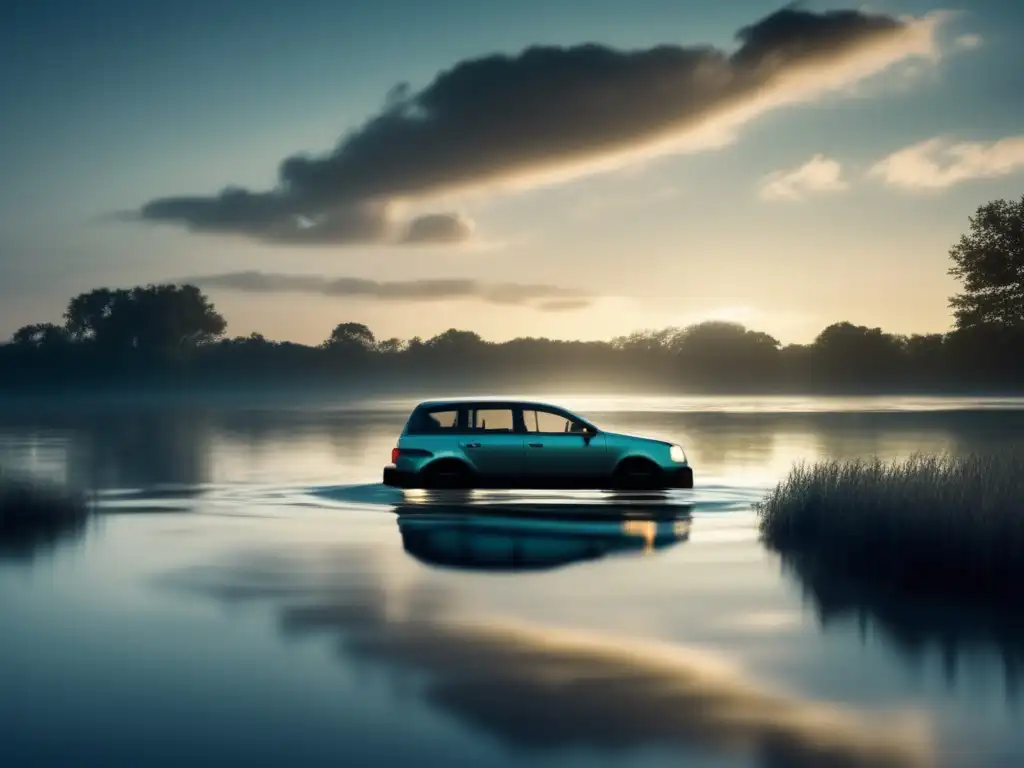
Flooded Vehicles: What to Do During and After a Hurricane
Introduction
Hurricanes are natural disasters that can cause severe damage to property, homes, and vehicles. One of the most significant risks faced during a hurricane is flooding. Floodwaters can damage vehicles beyond repair and pose a danger to individuals who venture out into the floodwater. In this article, we will be discussing what to do during and after a hurricane if your vehicle becomes flooded.
During the Hurricane
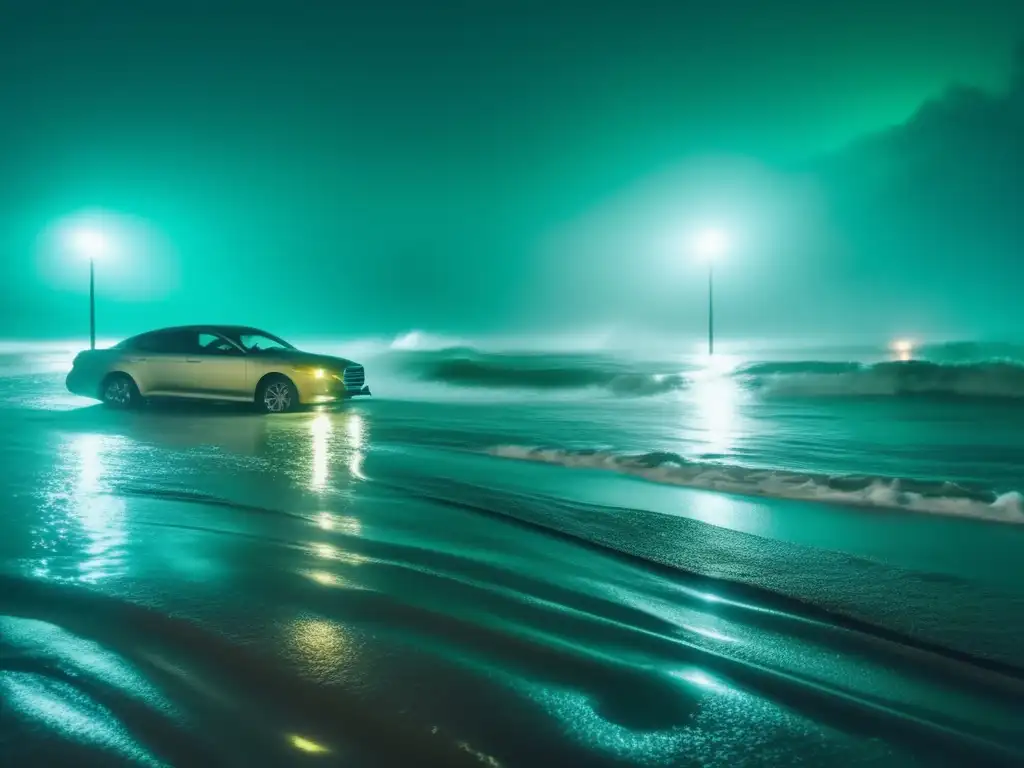
Stay Inside Your Vehicle
If you find yourself in your vehicle during a flood, stay inside the vehicle unless necessary. If you try to leave your vehicle, swift-moving water can easily sweep you away. If you need to escape your vehicle, wait until the water has stopped rising or a rescue party arrives.
Avoid Flooded Roads
If possible, avoid driving through areas with deep water. You should not exceed six inches of water when driving on roads and highways. Remember that it only takes two feet of water to carry away a car.
Turn Around, Don't Drown
If you encounter standing water on the road, turn around and take another route. It's always best to play it safe and avoid the risk of being swept away by floodwaters. Remember the phrase "Turn Around, Don't Drown," which serves as a reminder of the dangers of driving through flooded areas.
After the Hurricane
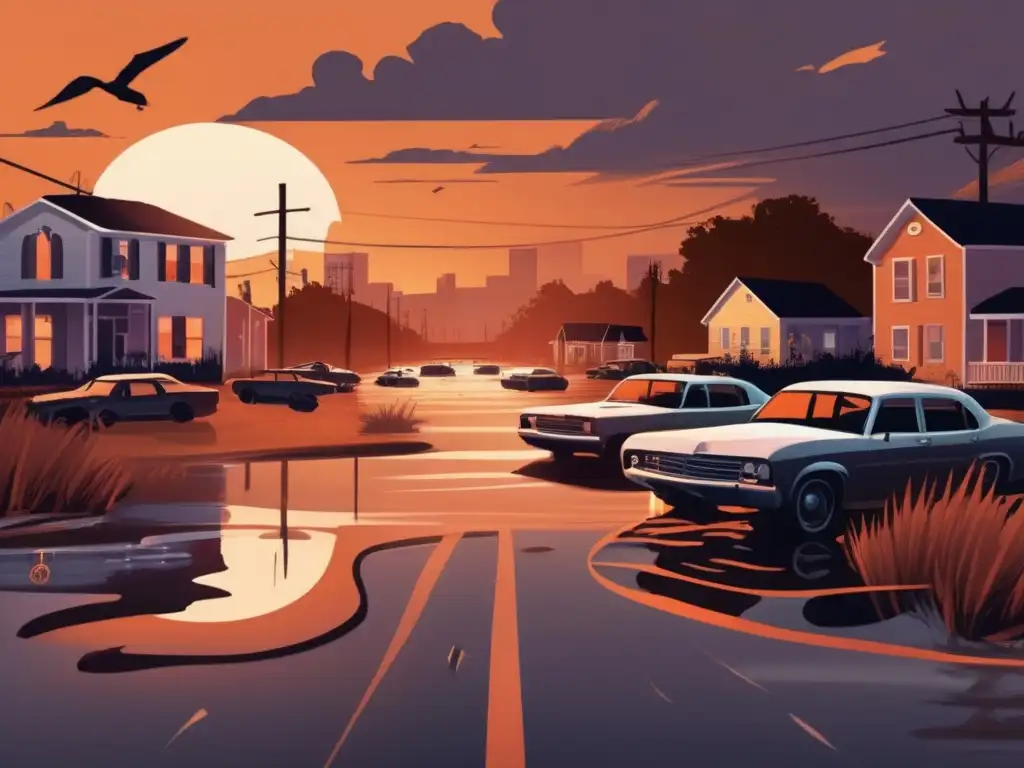
Assess the Damage
Once a hurricane has passed and floodwaters have receded, assess the damage to your vehicle. If you believe your vehicle may have been damaged beyond repair, document the damage with photographs and contact your insurance company immediately.
Do Not Attempt to Start Your Vehicle
If your vehicle has been flooded, do not attempt to start it. Starting a flooded vehicle can cause severe damage to the engine and electrical systems and may cause permanent damage. Contact a mechanic or towing company for assistance.
Prevent Mold Growth
Floodwater can contain harmful bacteria and other contaminants that can cause mold growth. If your vehicle has been flooded, clean and disinfect the interior as soon as possible to prevent mold from growing. Use a mixture of water and bleach to clean the interior and leave the windows open to dry. If mold has grown, contact a professional mold remediation specialist.
Additional Tips
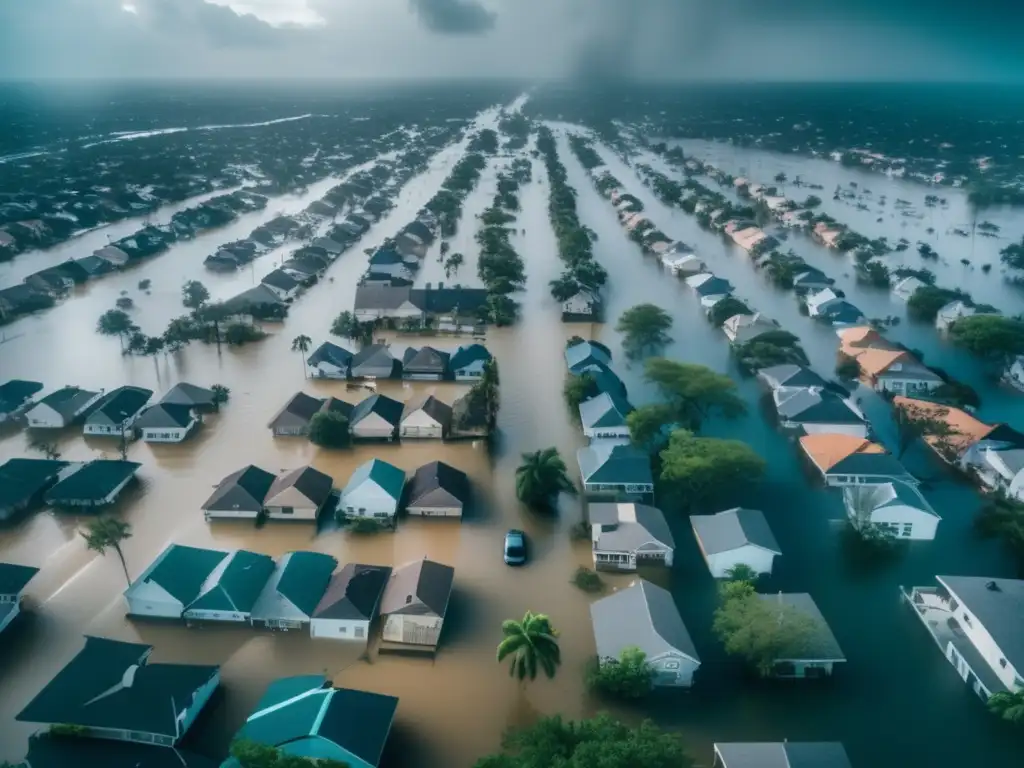
Review Your Insurance Policy
Before a hurricane strikes, review your auto insurance policy. Ensure that you understand what types of coverage are included and the maximum payout amounts. Flood damage may not be covered under a standard auto insurance policy, so consider purchasing additional coverage if you live in a flood-prone area.
Have an Emergency Kit on Hand
It's always best to be prepared for a hurricane. Keep an emergency kit in your car, including bottled water, non-perishable food, a first aid kit, flashlights, and blankets. You should also have a charged cell phone and a backup phone charger.
Stay Informed
Stay informed about hurricane warnings, watches, and alerts. Listen to radio and television broadcasts, and sign up for text alerts from local authorities. Knowing what to expect can help you make informed decisions and stay safe during a hurricane.
Frequently Asked Questions
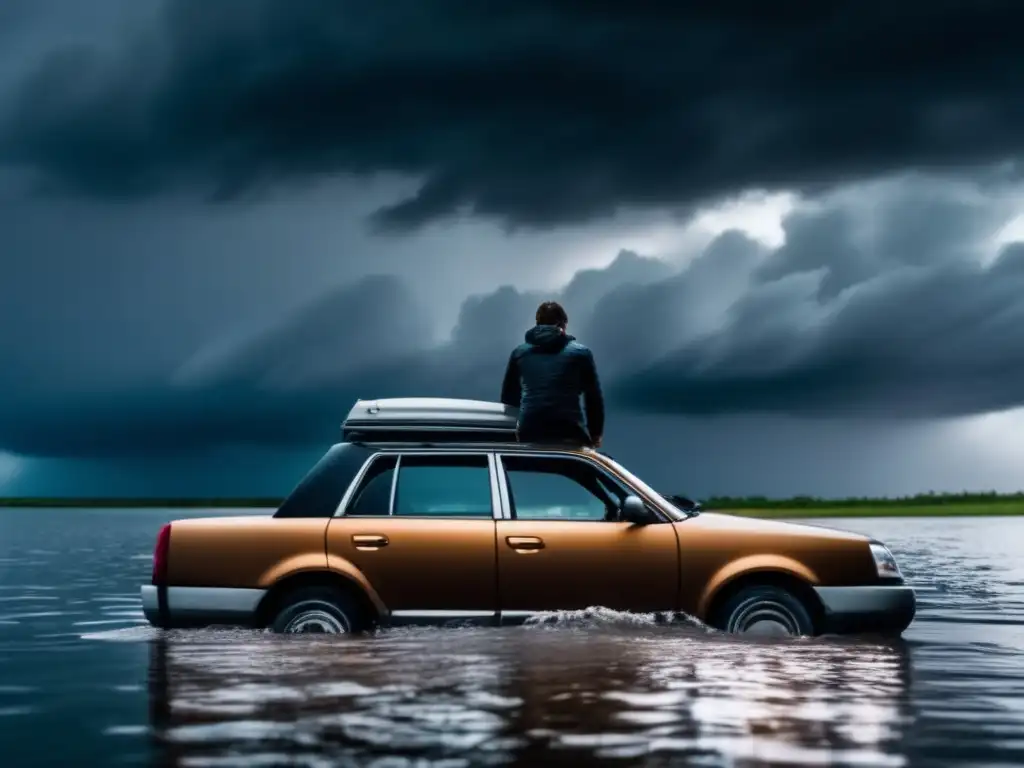
-
What should I do if my car is flooded?
If your car is flooded, do not attempt to start it. Contact a mechanic or towing company for assistance, document the damage with photographs and contact your insurance company immediately.
-
Can I drive my car through standing water?
It's best to avoid driving through standing water, especially if you cannot see the road beneath it. If it is necessary to drive through standing water, do not exceed six inches of water when driving on roads and highways.
-
Does auto insurance cover flood damage?
Flood damage may not be covered under a standard auto insurance policy, so review your policy and consider purchasing additional coverage if you live in a flood-prone area.
-
How can I prevent mold growth in my flooded vehicle?
If your vehicle has been flooded, clean and disinfect the interior as soon as possible to prevent mold from growing. Use a mixture of water and bleach to clean the interior and leave the windows open to dry. If mold has grown, contact a professional mold remediation specialist.
-
What should I do if I'm trapped in my vehicle during a flood?
If you find yourself trapped in your vehicle during a flood, stay inside the vehicle unless necessary. If you need to escape your vehicle, wait until the water has stopped rising or a rescue party arrives.
Conclusion
If your vehicle has been flooded during a hurricane, it's essential to take the proper steps to protect yourself and your vehicle. Remember to stay inside your vehicle during a flood, avoid driving through standing water, assess the damage to your vehicle after the hurricane has passed, and prevent mold growth by cleaning and disinfecting the interior. By following these tips, you can keep yourself and your vehicle safe during and after a hurricane.
It's important to note that hurricane preparation is key. Be sure to review your auto insurance policy, have an emergency kit on hand, and stay informed about hurricane warnings, watches, and alerts. By doing so, you'll be able to make informed decisions and stay safe during a hurricane.
Additional Resources
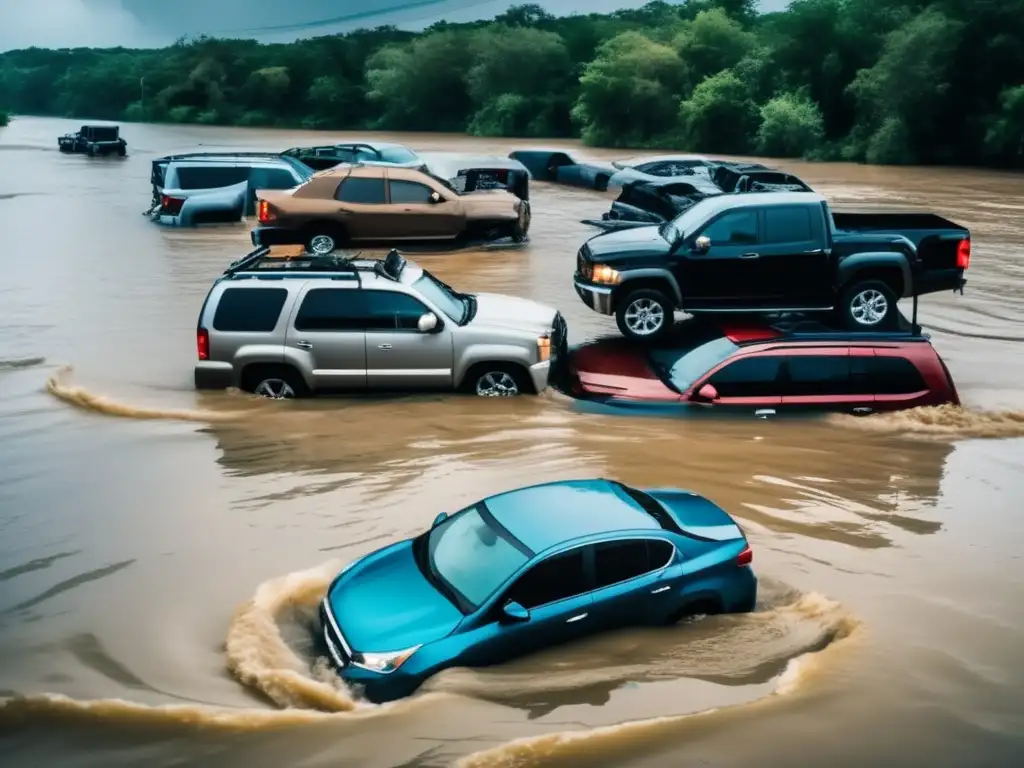
- Ready.gov - Hurricanes
- FloodSmart.gov
- National Highway Traffic Safety Administration - Hurricane Safety Tips
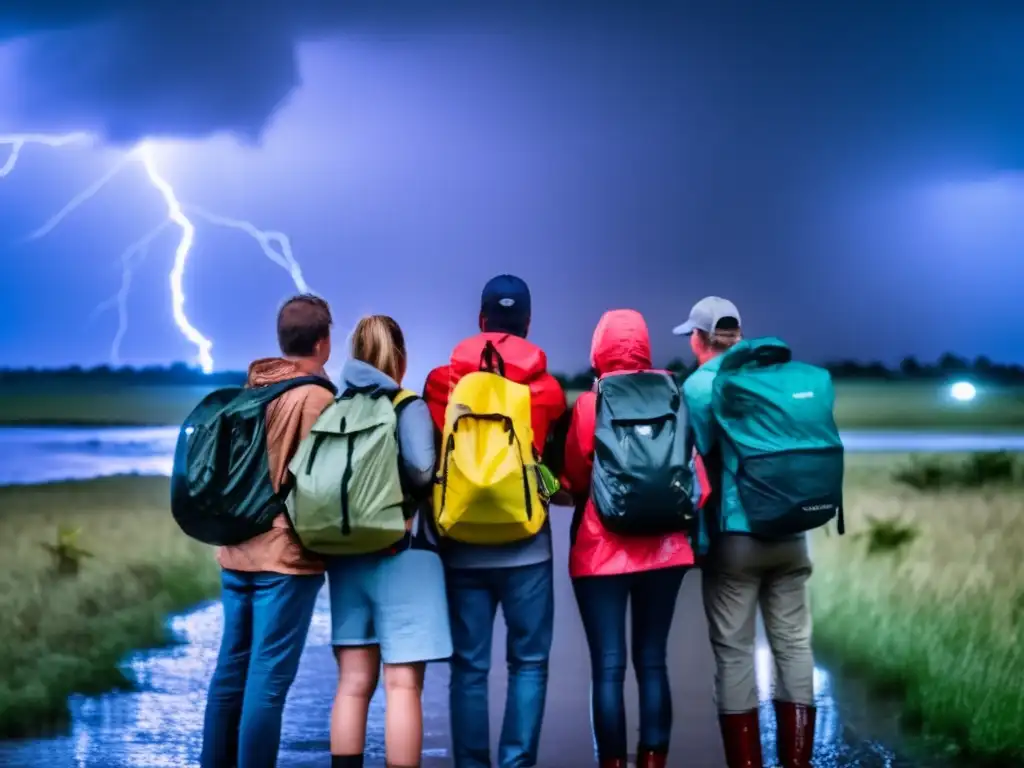 Travelers’ Safety: Handling A Hurricane In A Foreign Country
Travelers’ Safety: Handling A Hurricane In A Foreign Country Staying Afloat: Tips For Swimmers During A Hurricane
Staying Afloat: Tips For Swimmers During A Hurricane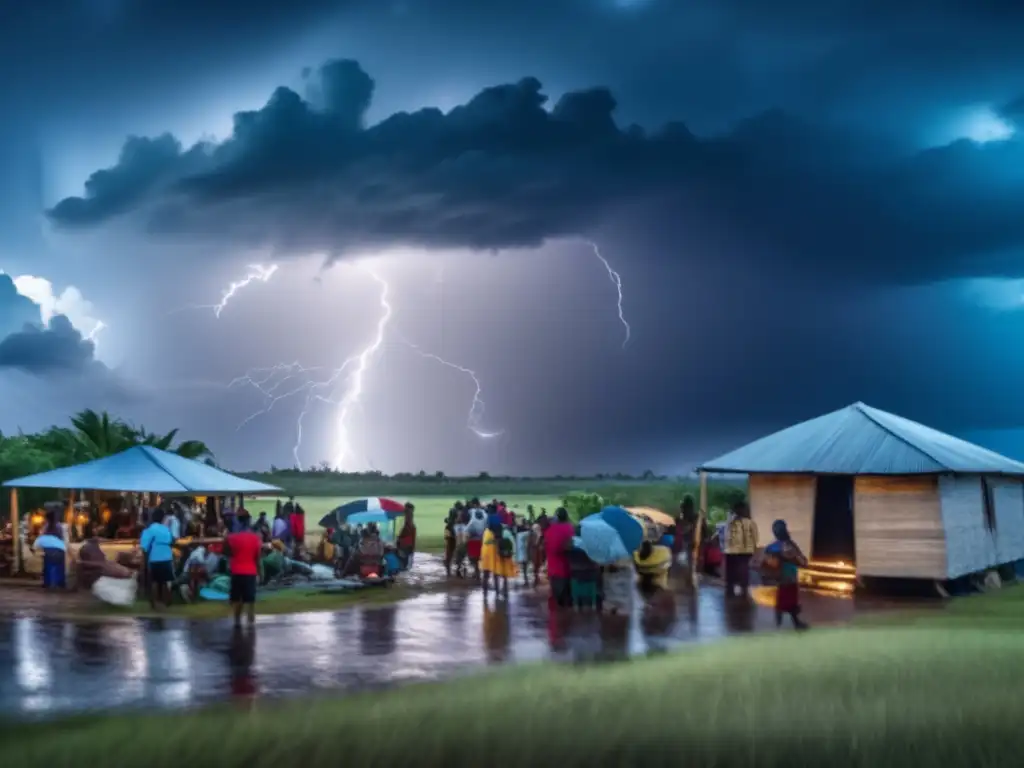 Preserving Cultural Heritage During Hurricanes
Preserving Cultural Heritage During HurricanesIf you want to discover more articles similar to Flooded Vehicles: What To Do During And After A Hurricane, you can visit the During the hurricane: category.
Leave a Reply

Articulos relacionados: